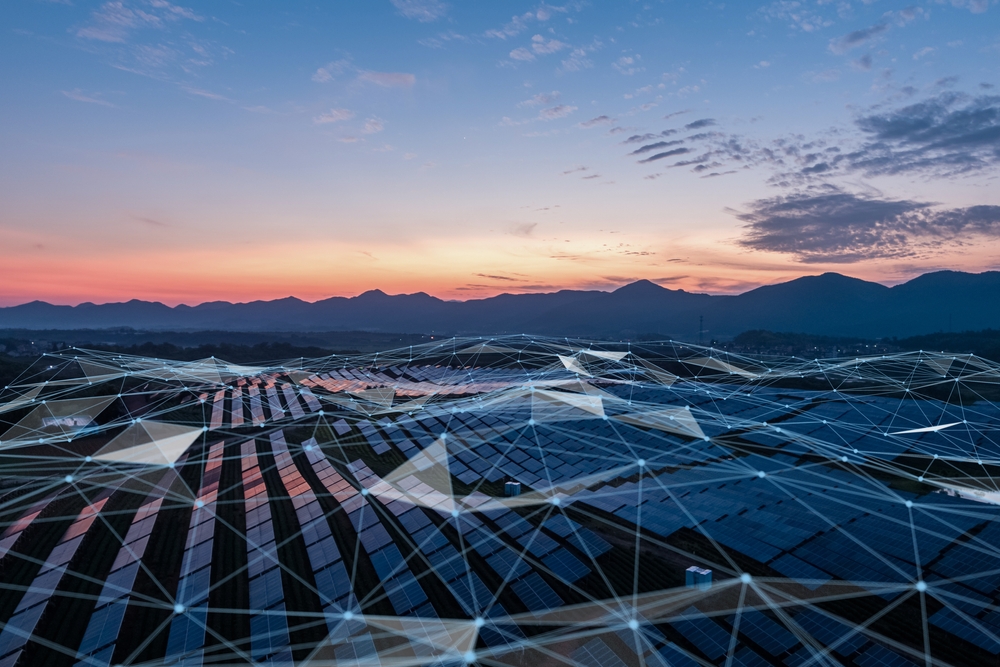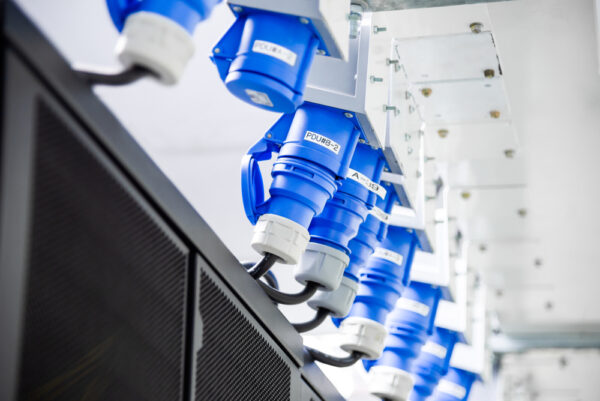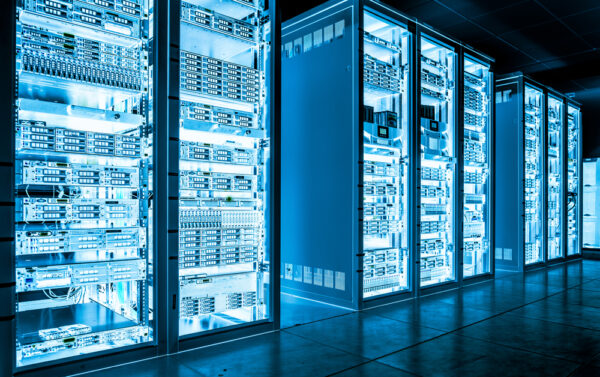
Data centers are the backbone of our information-driven world. Yet as they proliferate, these vital data storage hubs face a critical challenge: sustainability. Data centers are substantial energy consumers and contribute notably to global carbon emissions. This puts them squarely in the crosshairs of the United Nations’ 2030 Agenda for Sustainable Development.
The race is on to transform data centers into models of efficiency and eco-friendliness. To understand why it’s crucial for data centers to go green, you must explore the current state of data center sustainability and the concerted industry efforts required to meet the ambitious targets of the next decade. Here’s what the race to 2030 looks like.
The growing imperative for sustainable data centers
As the digital era intensifies our reliance on data centers, their role in internet activity, cloud computing, and data storage becomes increasingly essential. But this dependency poses sustainability challenges.
The push for sustainable practices in data centers is both an environmental necessity and a business priority. Rising energy costs and heightened public awareness are placing companies under scrutiny. This, in turn, is driving greener practices in response to shifting stakeholder expectations and tightening global regulations on carbon emissions and energy efficiency.
This evolution isn’t just about staying competitive or complying with laws; it’s about aligning with the global consensus for sustainable development. The data center industry’s move toward sustainability is part of a broader effort to achieve a more sustainable, equitable, and prosperous future.

The present and future of data center sustainability
Data centers consume approximately 1-2% of global electricity. Now, they face increasing pressure to reduce their environmental footprint and align with the UN’s 2030 goals. Innovations in renewable energy, energy-efficient technologies, AI, and automation are key to reducing their carbon emissions and enhancing operational efficiency.
The shift toward sustainable design is also gaining momentum. This approach involves using green building materials, designing for natural cooling, and integrating data centers into local ecosystems with minimal disruption. These practices not only address immediate sustainability concerns but also align with the UN’s vision for sustainable cities and communities.
As 2030 draws near, the focus is on retrofitting existing facilities and reimagining new data centers as sustainable from inception. This strategy helps to ensure the digital infrastructure supports global sustainability goals, making data centers a part of the solution.
Global initiatives and industry transformation
Technology companies and governments are at the forefront of the push for sustainable data centers. Tech giants like Google, Microsoft, AWS, and Apple have committed to using renewable energy in their data centers so they’re carbon neutral or negative in the coming years.
The roadmap to 2030 is more than just setting goals. There’s also an emphasis on encouraging the industry to adopt sustainable practices. Collaborative initiatives involving industry groups, nonprofits, and international consortia are critical in this transformation. These partnerships are setting standards and best practices, fostering a shared vision for a sustainable future, and leveraging resources for eco-friendly innovations.
This collective approach underscores the data center industry’s commitment to sustainability. By integrating these global objectives, the industry is contributing to responsible environmental stewardship ahead of 2030 goals.

Challenges, opportunities, and a call to action
Navigating the path to sustainable data centers involves overcoming significant hurdles, including high operational costs, technological barriers, and regulatory complexities. Yet these challenges also enable innovation and leadership, particularly for startups and new entrants in the sustainable technology space.
There’s a growing need for widespread awareness about the importance of eco-friendly data centers. This extends beyond industry circles to policymakers, investors, and the public. Educating these groups about the environmental impacts and benefits of sustainable data centers is paramount to driving investment and innovation.
Aligning with the United Nations’ 2030 agenda, the data center industry has a vital role in promoting sustainable industrialization. It’s a global imperative with a clear mission: to achieve a more efficient, environmentally responsible digital infrastructure by 2030.
The race to 2030 starts today
While challenges loom large, opportunities for innovation and leadership in sustainable practices are even greater. As digital demand continues to soar, the responsibility falls on industry leaders to advocate and contribute to the development of eco-friendly, efficient data centers. The actions we take today to make data centers sustainable will resonate well beyond 2030, allowing for a more responsible stewardship of our planet’s resources.

Recent Comments